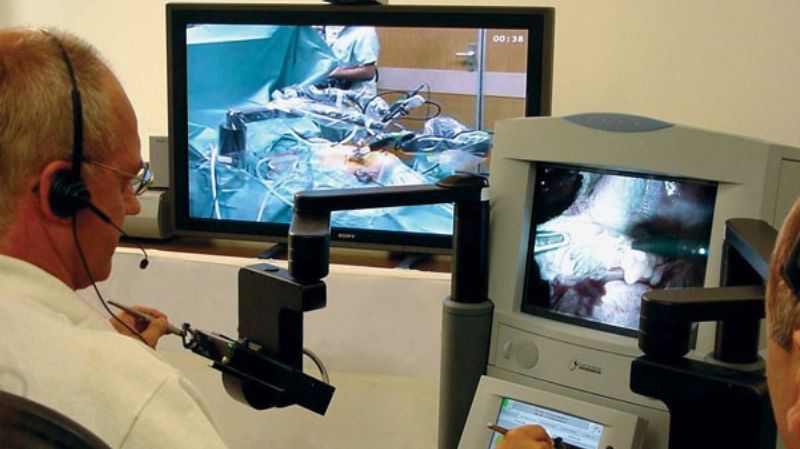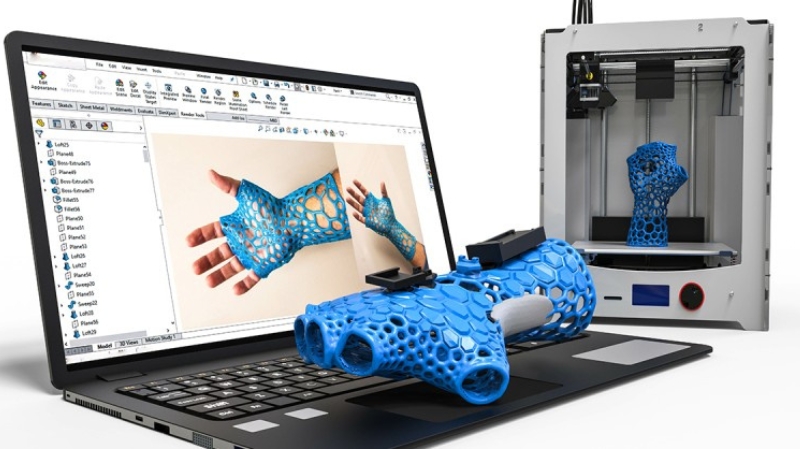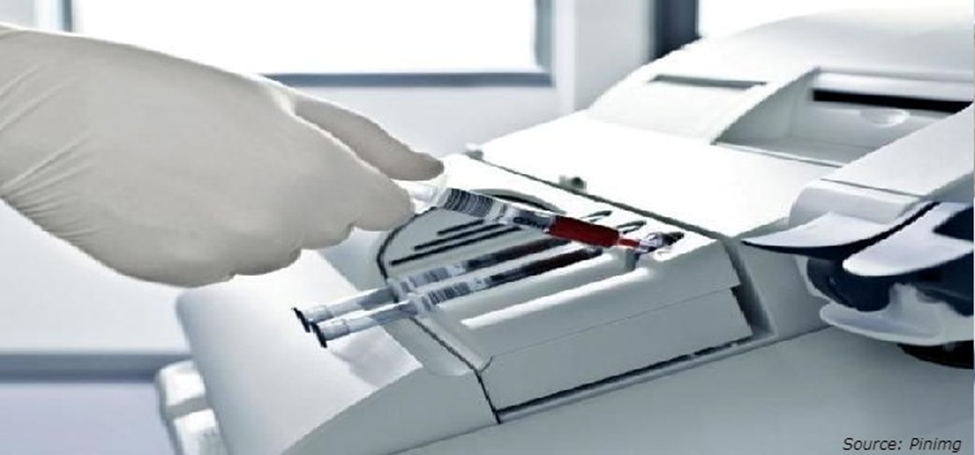Top 5 Advancements in the Field of Surgical Procedures
06-Dec-2024

Introduction
Surgical procedures refer to any medical operation performed to treat a disease, injury, or any other health condition. It involves making incisions into the body and repairing, removing, or replacing damaged tissues or organs. These procedures are performed to correct a medical condition or improve a patient's quality of life. With the growing prevalence of chronic diseases such as cardiovascular diseases, cancer, and obesity, the demand for surgical procedures is rising globally. Technological advancements in surgical techniques & devices and increasing awareness among patients contribute to the growth of the surgical procedures market.
There are several advancements in medical surgeries. Here is a list of the most important advancements in surgeries:
1. Robotic Surgery:
Robotic Surgery is also known as robot-assisted surgery or computer-assisted surgery. In this technique, a surgeon controls the robotic arm, equipped with surgical instruments and a camera, through a computer console. Some benefits of robotic surgery include smaller incisions, less pain, less blood loss, reduced scarring, shorter hospital stays, and faster recovery times.

The robotic system provides a high-definition, larger, and three-dimensional view of the surgical area to the surgeons, thus enabling them to operate with greater control and precision. Additionally, the robotic systems have a greater range of motion than the human hand, allowing precise movements and improving surgical outcomes. The surgeons mainly use Da Vinci systems that provide for the execution of complex procedures with a limited number of small incisions.
Some major hospitals providing robotic surgery are Medicana Atasehir Clinic and LIV Vadistanbul Clinic, St. Zdislava Centre, and Uniclinica Navarra.
2. Telesurgery:
Telesurgery or remote surgery is an emerging surgical system that utilizes robotic technology and wireless networking to connect patients and surgeons at remote locations. The surgeon uses robotic technology and high-speed data connections to control surgical instruments and perform the procedure from a remote location.

Telesurgery can revolutionize the field of surgery by allowing surgeons to perform operations on patients in remote or underserved areas or emergency situations.
3. AI-Based Surgery:
Artificial intelligence (AI)-based surgeries use robotic systems and AI technology to assist surgeons in performing operations. This technology typically involves a surgeon controlling a robot that can perform complex movements with greater precision and dexterity than human hands.

AI-based surgery is commonly used in minimally invasive procedures, such as laparoscopic surgery and prostate surgery. The advantages of AI-based surgery include shorter recovery times, less pain, and smaller scars. In addition, using AI in surgery allows for greater accuracy and precision, which can result in better patient outcomes.
4. The Multi-Angle Rear-Viewing Endoscopic Tool (MARVEL):
The Multi-Angle Rear-Viewing Endoscopic Tool, or MARVEL, is a medical device that provides a wide-angle view of the examined area while encountering endoscopic procedures. The device uses a series of mirrors to reflect the image of the area being examined back to the endoscope's camera, providing a 360-degree view.

The MARVEL device was developed to improve the accuracy of endoscopic procedures, particularly in situations where visualization is limited due to anatomical constraints.
5. 3D Printing:
3D printing technology has been revolutionizing the field of surgery by allowing surgeons to create patient-specific models, guides, and implants. It can create patient-specific models of bones, organs, and other body parts from medical images. These models allow surgeons to plan surgeries more accurately and efficiently, as they can see and manipulate the model before surgery.

It can also be used to create surgical guides to help surgeons perform surgeries more accurately. These guides can be used to guide the placement of implants or to make precise incisions during surgery. 3D printing can also create prosthetic limbs or body parts tailored to patients’ needs and shapes.
Conclusion
In conclusion, the surgical procedures market is a vital part of the healthcare sector, and plays a crucial role in treating a variety of diseases. Due to the factors such as the increased frequency of chronic diseases, technological breakthroughs in medicine, and expanding patient and healthcare provider awareness, the market has experienced a substantial expansion in recent years. However, the market also faces several challenges, including the high cost of surgical procedures, the risk of complications, and the shortage of skilled healthcare professionals. Thus, the surgical procedures market has a bright future and is anticipated to have continued expansion and innovation in the years to come.
About The Author
 Kaushik Baul is a highly skilled and experienced researcher, with a passion for conducting thorough and accurate research. As a researcher, he is responsible for gathering, analysing, and interpreting data, and helping his clients to deal with complex business challenges. With a bachelor’s degree in science, he has a strong foundation in data analysis and synthesizing relevant information to support a wide range of projects. He is an avid reader and has a love for traveling and playing cricket. The author can be reached at info@nextmsc.com
Kaushik Baul is a highly skilled and experienced researcher, with a passion for conducting thorough and accurate research. As a researcher, he is responsible for gathering, analysing, and interpreting data, and helping his clients to deal with complex business challenges. With a bachelor’s degree in science, he has a strong foundation in data analysis and synthesizing relevant information to support a wide range of projects. He is an avid reader and has a love for traveling and playing cricket. The author can be reached at info@nextmsc.com
Add Comment
Related Blogs
Role Of Companies In Shaping The Blood Gas And Electrolyte Analyzer Market
According to Next Move Strategy Consulting, the global blood...
Analysis of Key Players Operating in the Global Surgical Instrument Industry
Next Move Strategy Consulting forecasts more than 1.7-fold g...
CBCT Industry Is Dominated By Dentsply Sirona, Philips, & Vatech With More Than 45% – Know Why
Next Move Strategy Consulting predicts a significant growth...











